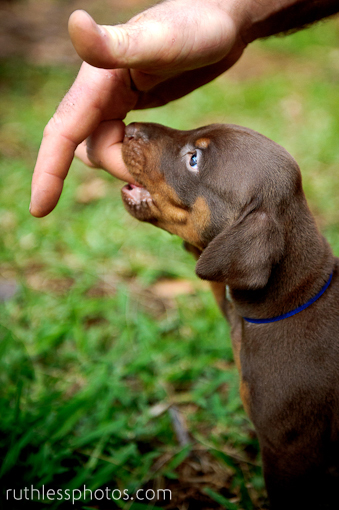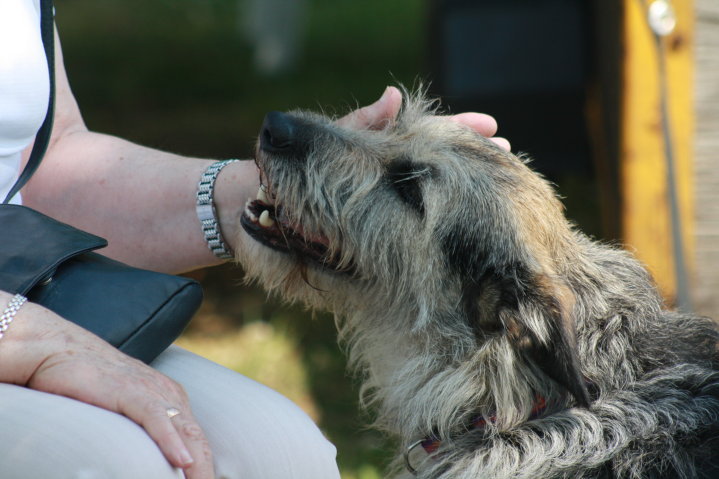Dunbar on Classical Conditioning
This post is part of the series in response to Dunbar’s 2012 Australian seminars. See index.
Dunbar believes Classical Conditioning is a big deal in dog training. He doesn’t believe in separating Operant Conditioning from Classical Conditioning. To Dunbar, the dog learns the same thing: In case of x, good things happen, and in case of y, bad things happen.

For a basic overview of classical conditioning: Classical conditioning was named by Pavlov, who learnt that if he rung a bell before feeding dogs, overtime, the dogs would start to saliva
te at the sound of the bell alone. Basically, classical conditioning is associative learning. Dogs will associate things with certain stimuli. In Dunbar’s view, however, he thinks that the brilliance of classical conditioning has been lost over time. In his opinion, just because Pavlov worked with a reflex (i.e. the dog couldn’t choose to salivate, it happened itself), doesn’t mean that classical conditioning is only used for reflexes. (This is normally the distinctive difference between classical conditioning and operant conditioning, but Dunbar ignores it and finds it irrelevant. Confusing!)
Classical conditioning should happen all through a dog’s life. Treats should never be phased out for classical conditioning. Dunbar said, “Don’t take you dog’s temperament for granted” and “If your dog is friendly, it can be friendlier”.
Dunbar particularly advocated Classical Conditioning for improving handling of dogs. Particularly, classically conditioning collar grabs and other contact the dog may find unpleasant.
He talked about dog trainer Bill Campbell’s ‘jolly routine’, which is an over-the-top play response an owner ‘performs’ when a stimulus is seen. The idea is the dog things, “Whenever my owner sees x, they get so happy!” – which in terms classically conditions the dog to like x.
While he believes there is better ways of getting rid of problem behaviour, he did talk about using ‘lightning strike’ verbal feedback for poor behaviour. He described this as punishment in a praise sandwich. For example, the dialogue would go: “good dog, very well done, lovely dog, excellent, good, good, yes, ASSHOIFJIDSHKLJ!!!, yes, good dog, good, very good”.
He also liked the use of classical conditioning in shelters, particularly in the Open Paw program, where dogs are rewarded for just being in the shelter and seeing people.
Dunbar describes classical conditioning as a ‘winning strategy’.
Further reading: my lecture notes from Paul McGreevy on Classical Conditioning.
External link: Roger Abrantes’ post on “Unveiling the myth of reinforcers and punishers”
Updated with additional notes 13/10/12.




